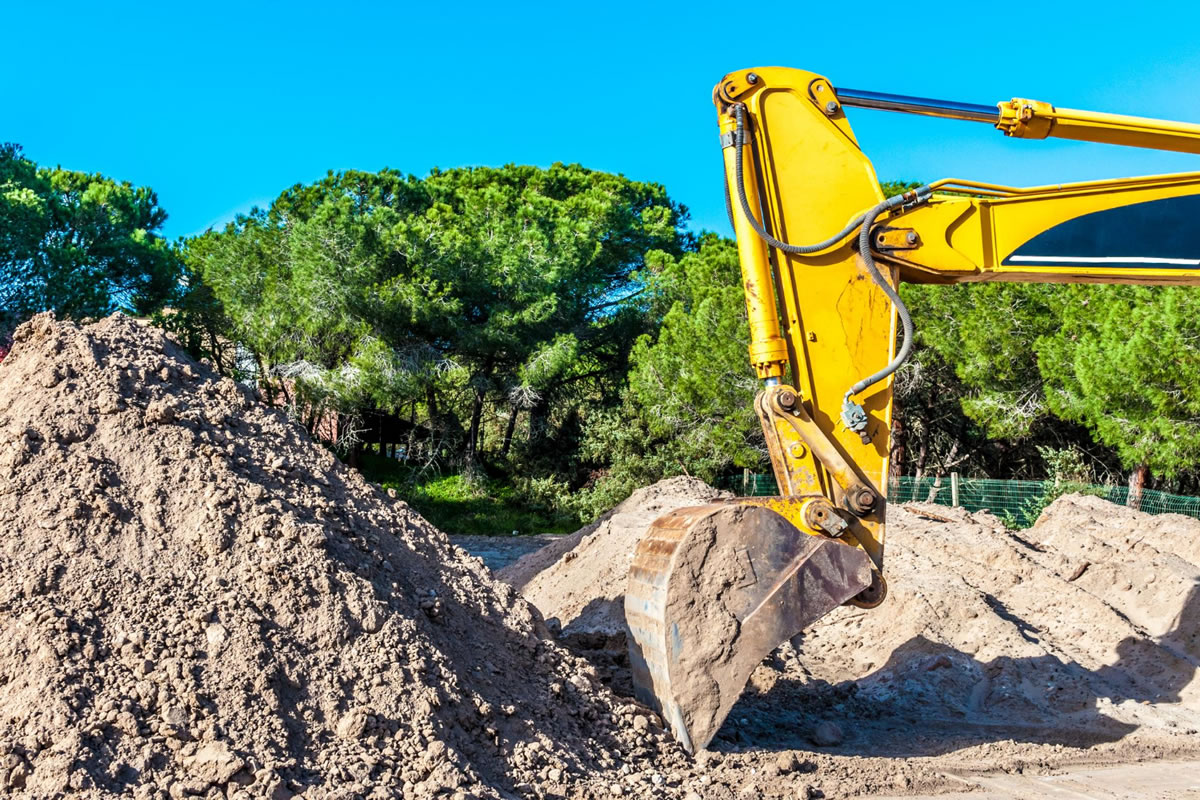The Significance of Land Clearing

For a outdoors enthusiast, it's difficult to understand the purpose of land clearing. Nevertheless, the land is a gift of nature, and there is majesty to be appreciated from it. We can use much of the greenery on the land and learn to live with yielding the rest. Of course, disturbing the biological ecosystem is always a consideration, but developers can clear land without that hazard.
While this is understandable, land clearing and grading are useful in countless ways when accomplished correctly. Experienced land clearing companies know and understand the best practices and techniques to clear land without harming the ecosystem and nature. Our specialists on land clearing in Ormond Beach offer this glimpse into the developmental technique.
Land clearing is described as the process of removing natural and manufactured obstacles from a piece of land, planning to utilize the land for other purposes. For instance, the land is cleared of brush, rocks, stumps, trees, etc. Once rid of these obstacles, we may employ it for agriculture, ranching, or creating a structure based on the site and the owner's goal for use. In addition, land clearing is often accomplished to make room for businesses, custom home construction, etc.
Tools used for clearing land
A contractor hired for land clearing will start the job by examining the wetness, soil composure, species occupancy, landscape, and vegetation density. Next, they will address concerns about the environment and any obstacles. They then will decide the right equipment and machines to use around and with these components.
The contractor will select a variety of tools and machinery for the land clearing process based on the above elements. Equipment includes excavator mulchers, wheeled or tracked mulching units, and skid steer tractors equipped with mulch extensions. In addition, the average land clearing job will require other instruments that an experienced clearing company will keep on hand.
Manual land clearing
Manual land clearing is achieved by pruning or removing harmful or undesirable greenery by operating hand devices like chainsaws. This process allows the land clearing service to accurately and precisely remove the foliage and other obstacles. Manual clearing uses bucket trucks and spider lifts to remove what they trimmed or GRCS hand implements when other gear cannot get to the vacated land. Items removed from the earth are then put in Roll-Offs or grapple trucks and carried away.
How land clearing impacts soil
Land clearing on a remote scale, like yards and gardening, has a more minor effect than agriculture or construction-related land clearing. Therefore, preventing land clearing is the most suitable solution to avert an unfavorable environmental impact. However, that isn't possible or practical, so land clearing experts are tasked with clearing land in a way that reduces the ecological effects. One way is to clear smaller lots and replant instantly to prevent soil deterioration. Another choice is purchasing adjacent land and building a wetland to attract native species to compensate for the loss. While it may seem a waste for land clearing to happen, we can do good things with the land once it is vacated.